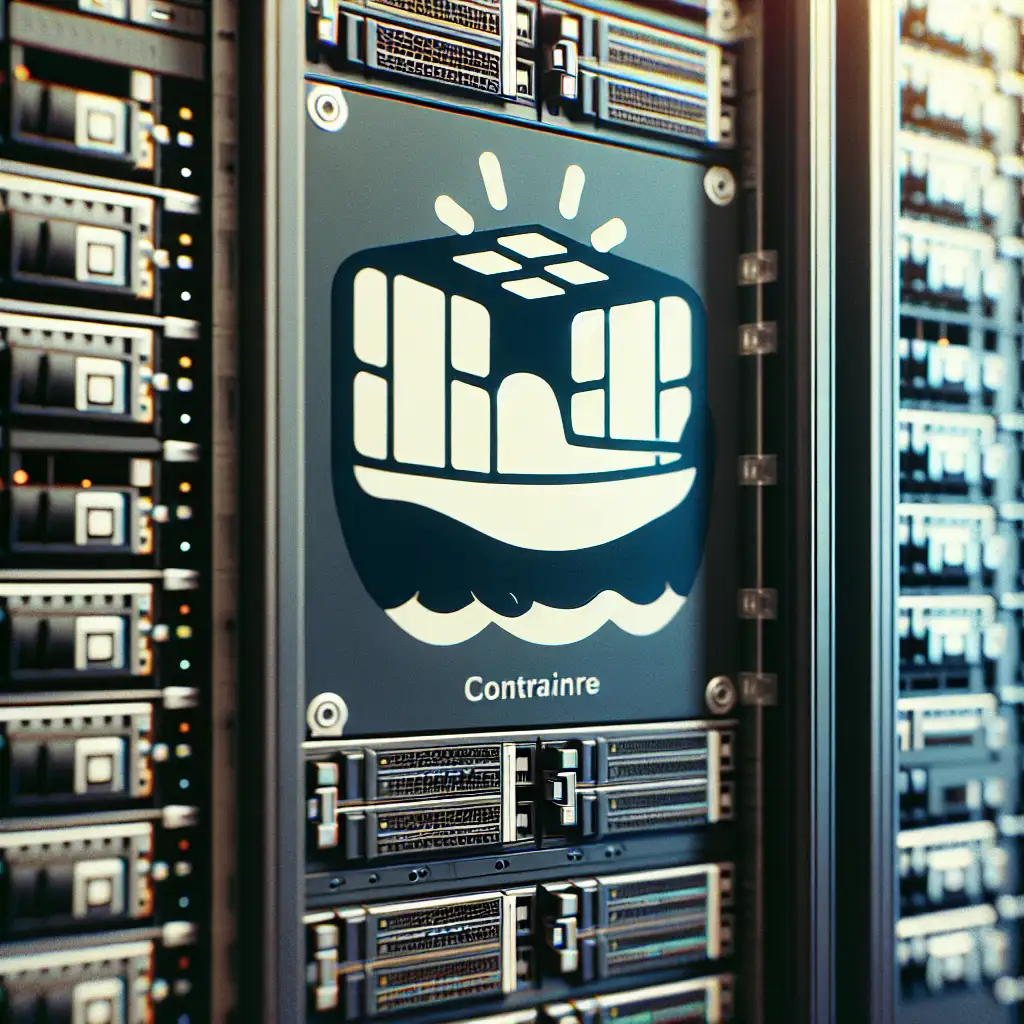How to Deploy Docker Containers on a Bare-Metal Server for Maximum Control and Efficiency
Most tutorials push cloud-based Docker deployments, but mastering bare-metal server setups can transform your infrastructure strategy by putting control back in your hands—and your servers' full power to work. Deploying Docker containers directly on a bare-metal server bypasses cloud dependencies, giving you direct control over hardware resources. This leads to optimized performance, better resource management, and significant cost savings.
In this post, I’ll walk you through the practical steps to deploy Docker containers on a bare-metal server—no cloud needed. Whether you’re managing a home lab, running mission-critical applications, or just want to squeeze maximum efficiency out of your infrastructure, this guide has you covered.
Why Deploy Docker on Bare-Metal?
Before diving into setup, here are a few key advantages:
- Direct hardware access: No hypervisor overhead or shared noisy neighbors.
- Better performance: Avoid virtualization latency, get superior I/O speeds.
- Full resource control: Assign CPUs, memory, storage precisely as needed.
- Cost-effective: No cloud fees or vendor lock-in; use existing hardware.
- Custom configurations: Tailor networking, storage drivers, and security policies exactly.
Step 1: Prepare Your Bare-Metal Server
I’ll assume you have a Linux server already installed—Ubuntu Server 22.04 LTS is a popular choice due to its stability.
Update your system
sudo apt update && sudo apt upgrade -y
Install essential packages
sudo apt install -y apt-transport-https ca-certificates curl software-properties-common
Step 2: Install Docker Engine
Use Docker’s official repository to get the latest stable Docker:
curl -fsSL https://download.docker.com/linux/ubuntu/gpg | sudo gpg --dearmor -o /usr/share/keyrings/docker-archive-keyring.gpg
echo "deb [arch=$(dpkg --print-architecture) signed-by=/usr/share/keyrings/docker-archive-keyring.gpg] https://download.docker.com/linux/ubuntu \
$(lsb_release -cs) stable" | sudo tee /etc/apt/sources.list.d/docker.list > /dev/null
sudo apt update
sudo apt install -y docker-ce docker-ce-cli containerd.io
Verify Docker is installed correctly:
sudo docker run hello-world
Step 3: Optimize Docker for Bare-Metal Performance
To maximize efficiency:
Use overlay2 storage driver (default on most Linux distros)
Verify with:
docker info | grep "Storage Driver"
If not set to overlay2, edit /etc/docker/daemon.json:
{
"storage-driver": "overlay2"
}
Then restart Docker:
sudo systemctl restart docker
Configure CPU and memory limits per container
Limiting resources prevents one container from hogging your server. For example:
sudo docker run -d --name my-web-app --cpus="1.5" --memory="512m" nginx
This runs an Nginx container capped at 1.5 CPUs and 512MB RAM.
Step 4: Networking Setup for Your Containers
Bare-metal gives you flexibility to configure networking precisely.
Bridge network (default)
Docker creates a default bridge network (docker0) that isolates containers.
Check networks with:
docker network ls
Use ports mapping to access services externally:
docker run -d -p 8080:80 nginx
Access the webserver at http://your-server-ip:8080.
Host networking for maximum performance (optional)
Bypassing virtual networks altogether can reduce latency for high-throughput apps:
docker run -d --network host nginx
In this mode, containers share the host's network stack directly.
Step 5: Persistent Storage With Volumes and Bind Mounts
Containers are ephemeral by default. Store important data persistently using volumes or bind mounts.
Example with a volume:
docker volume create mydata
docker run -d -v mydata:/var/lib/mysql mysql:5.7
Example with a bind mount (mapping host path):
docker run -d -v /srv/www/html:/usr/share/nginx/html:ro nginx
This lets you manage content directly from the host filesystem with read-only permission in the container.
Step 6: Automate Container Startup and Maintenance
Make Docker containers start on boot using systemd or Docker’s built-in restart policies.
Example restart policy:
docker run -d --restart unless-stopped nginx
For more advanced orchestration on bare metal without Kubernetes, consider tools like Docker Compose or Portainer for GUI management.
Bonus Tips for Advanced Users
- Isolate containers with user namespaces: Enhance security by limiting privileged access.
- Use cgroups and namespaces directly: Fine-tune kernel resource allocation.
- Monitor container performance: Tools like
cAdvisor,Prometheus, or justdocker statshelp track resource consumption. - Install fail2ban/ufw firewall: Protect your bare-metal server from external threats since it’s publicly exposed.
Conclusion
Deploying Docker containers on bare-metal servers is not just an alternative—it’s a powerful approach that returns complete infrastructure control back to engineers and teams. You get optimized hardware use without paying recurring cloud costs or sacrificing scalability thanks to containerization’s lightweight flexibility.
With these practical steps—from installing Docker engine through tuning storage and networking—you’re ready to exploit the full potential of your physical servers while running modern containerized workloads efficiently.
Have you tried bare-metal Docker deployments? Share your experience or questions below! Happy containerizing! 🚀🐳
